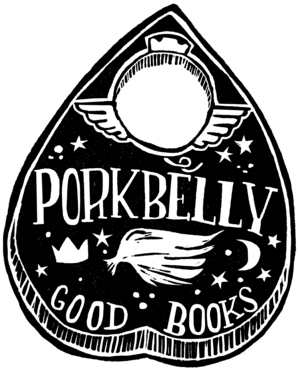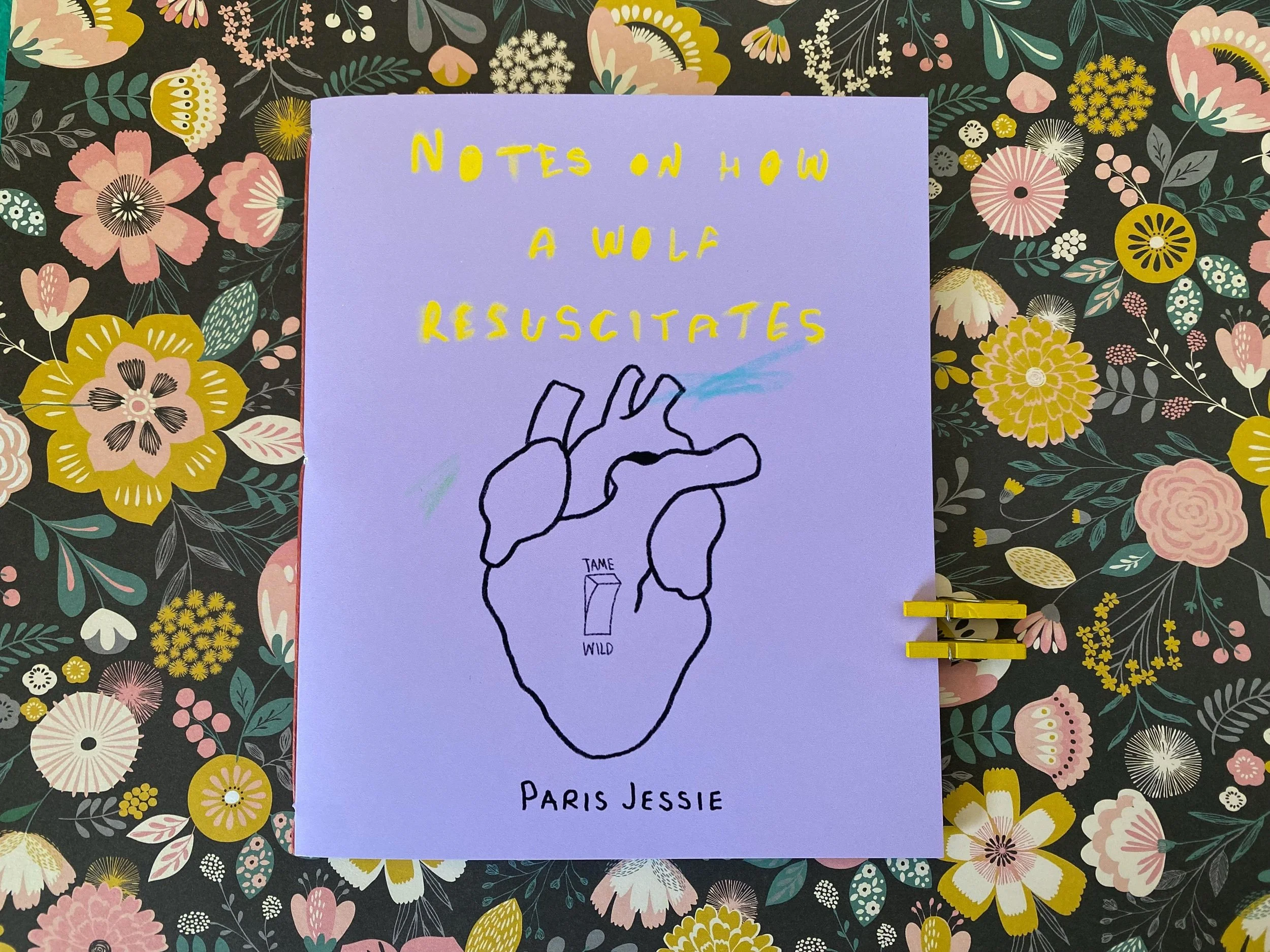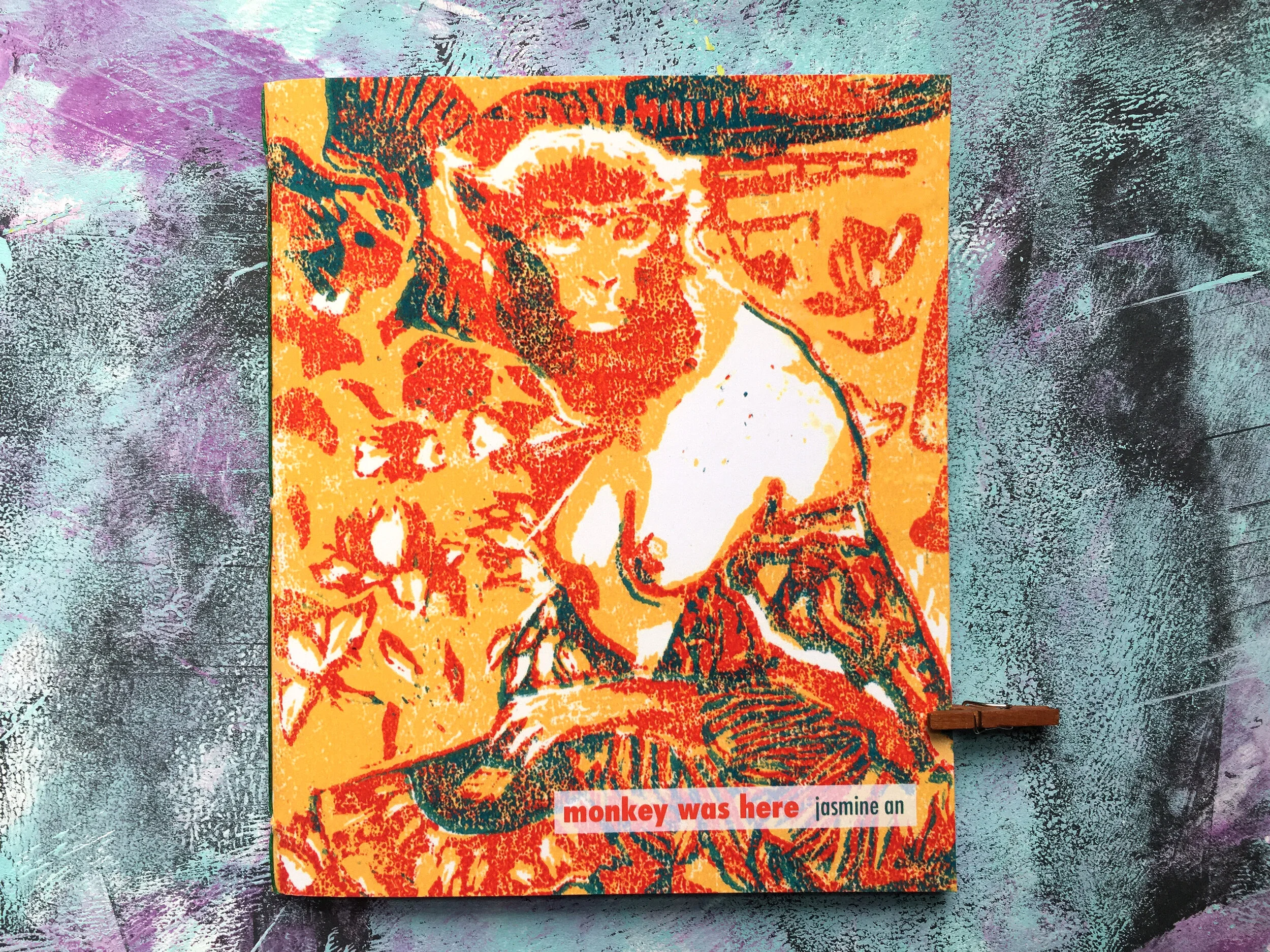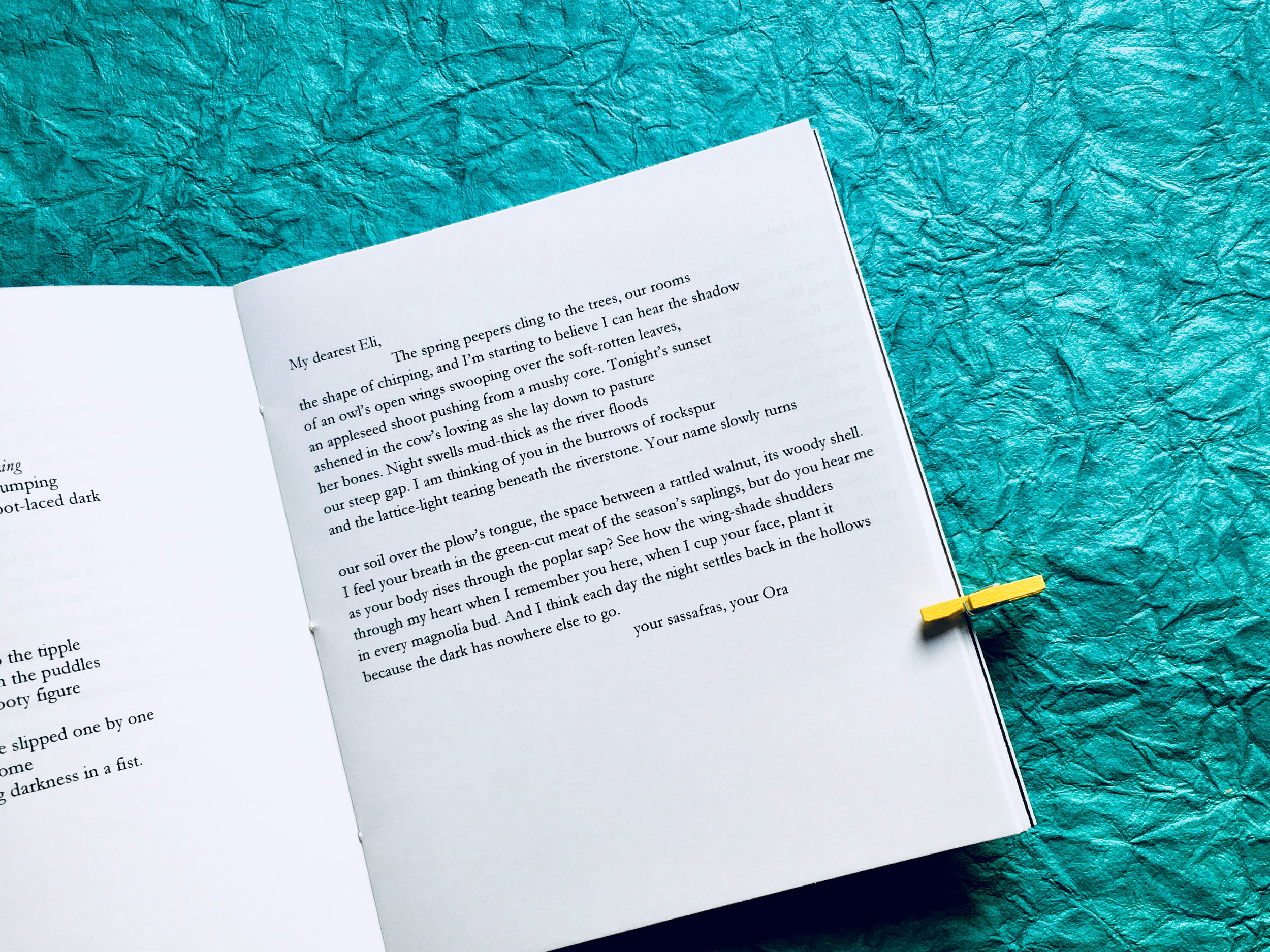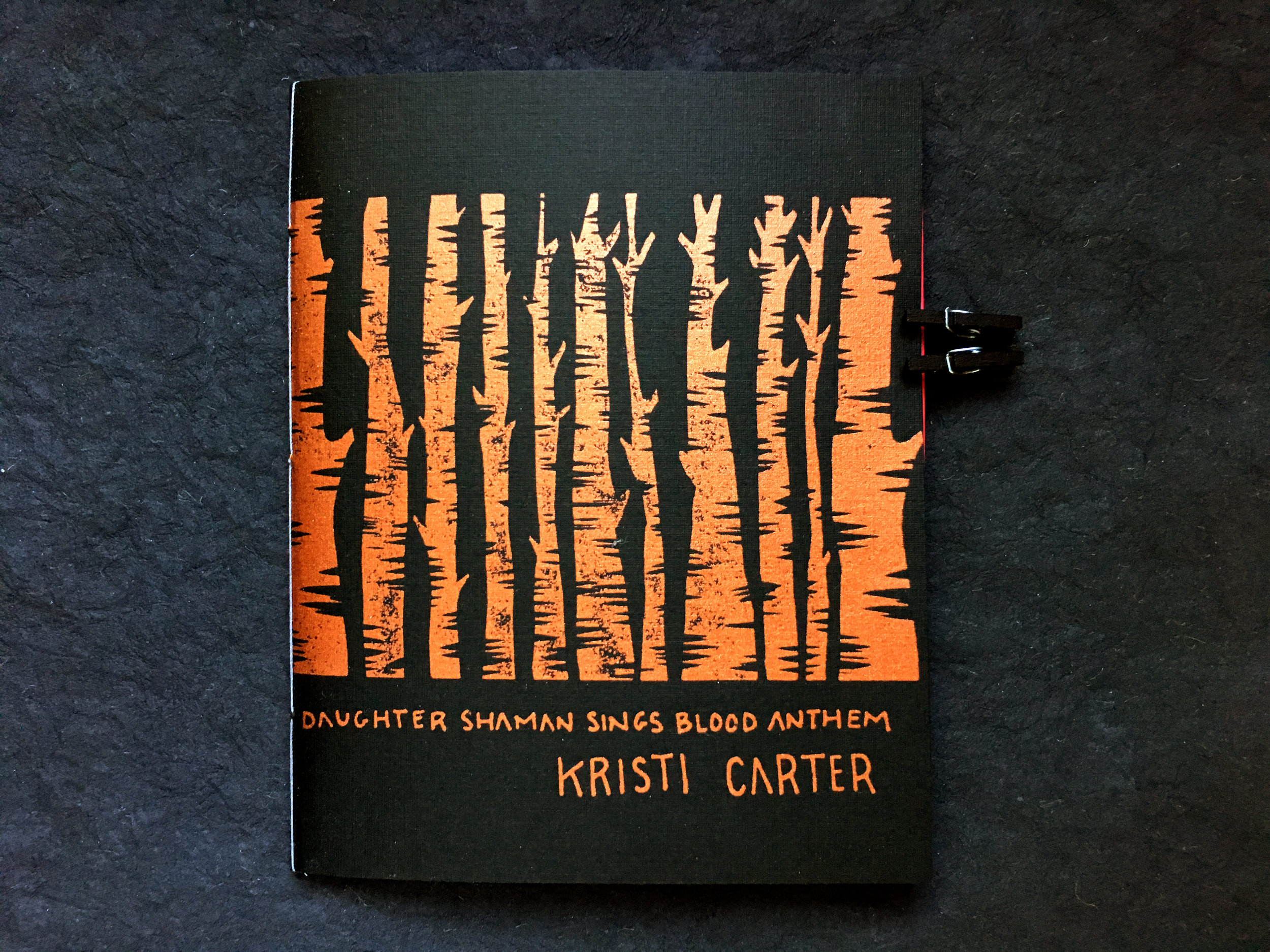
Titania in Yellow
by Dayna Patterson
In this cluster of poems, Titania muscles down “circlets of searing gold,” crowning herself as she returns to her own power. She is fairy fire, guiding her daughters, “we coven of sisters,” with lambent light, offering perspective on all she’s endured. This book of poems is bread and salt and fang, nourishing and sharp, littered with mustard seed and spotted wings, everything steely draped in gossamer threads.
44 pages
open edition

Additional Info
EXCERPT
How Not to “Bring Down the Flowers”
Go not where toads
hop. To keep your petals close
-furled within, the fetus fecund,
blooming from bud to full
flower head, touch no seneca
snakeroot, nor smartweed.
Do not expose your naked
body before a blossoming hawthorn.
Steer clear of houseleek, meadow
rue, fairy flax, and fir clubmoss.
Do not eat the rye
moldy with ergot. Put a piece of cold
iron under your bed, a Bible under your pillow.
When your time nears,
go on pilgrimage to find the wife stone
in the isle of Rona’s
moldering chapel, the one you touch to ensure
easy labor. Find the right amulet:
otter skin, aetites, sea beans.
Chew a star thistle, or drink tansy tea.
Or make a pain-killing cake from egg yolk,
grated dandelion root, hempseed, milk, and plenty gin.
Mix a warm fomentation of mugwort
boiled with cloves in white wine.
If this fail, drape seaweed over your swollen belly.
If this fail, stinking nightshade will induce a twilight state.
When all’s done, the midwife will warm
a twig of ash and place its tip,
oozing sap, into the newborn’s mouth.
Notes: “How Not to ‘Bring Down the Flowers’” incorporates several folk remedies and apotropaic magic, and borrows phrases from Gabrielle Hatfield’s Encyclopedia of Folk Medicine. “Bringing down the flowers” was a euphemism in Early Modern England for restoring menstruation, and sometimes referred to causing miscarriage. Hatfield writes, “There were many hundreds of ordinary women who were valued by their communitiesfor their superior knowledge of healing. Shakespeare probably did many of these a disfavor by his portrayal of the witches’ brew in Macbeth, an image that has lingered to the present long after we have forgotten the extraordinary materia medica in use in official European medicine.”
ABOUT THE POET
DAYNA PATTERSON believed whole-heartedly, as a girl, that dandelion seeds were fairies; she would chase them, make a wish, and blow them back into the air, watching them drift and tumble as long as possible. She is the author of three chapbooks and one full-length collection, If Mother Braids a Waterfall (Signature Books, 2020). She is a co-editor of Dove Song: Heavenly Mother in Mormon Poetry, and she’s the founding editor-in-chief of Psaltery & Lyre. Her literary obsessions include poetry and spirituality, the feminine divine, motherhood and daughterhood, goddesses, witch lore, fairy tale, and women in Shakespeare. She lives with her husband and two daughters in a little patch of enchanted forest in the Pacific Northwest. daynapatterson.com
ABOUT THE COVER ARTIST
Kathleen Piercefield is a painter and printmaker whose work reflects her lifelong interest in nature and literature. Originally from the Chicago area, her current home and studio are in Northern Kentucky. She majored in studio arts at Murray State University, studied watercolor at the Baker-Hunt Foundation in Covington, and earned a BFA in printmaking from Northern Kentucky University. She’s a member of Tiger Lily Press and Northern Kentucky Printmakers, and is passionate about keeping the “archaic” practices of traditional printmaking alive. Her work has been exhibited regionally and nationally, and is in a number of public and private collections.
